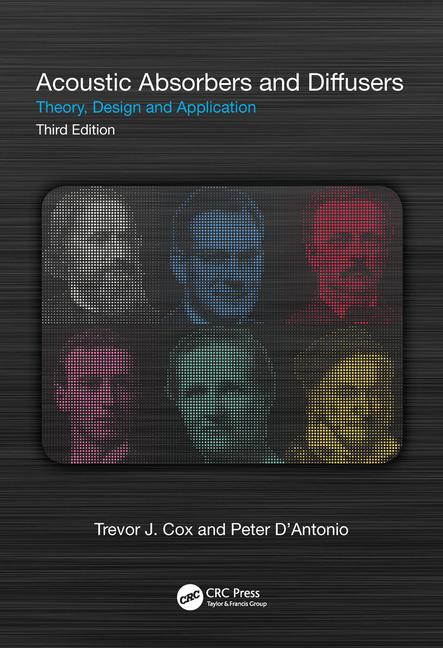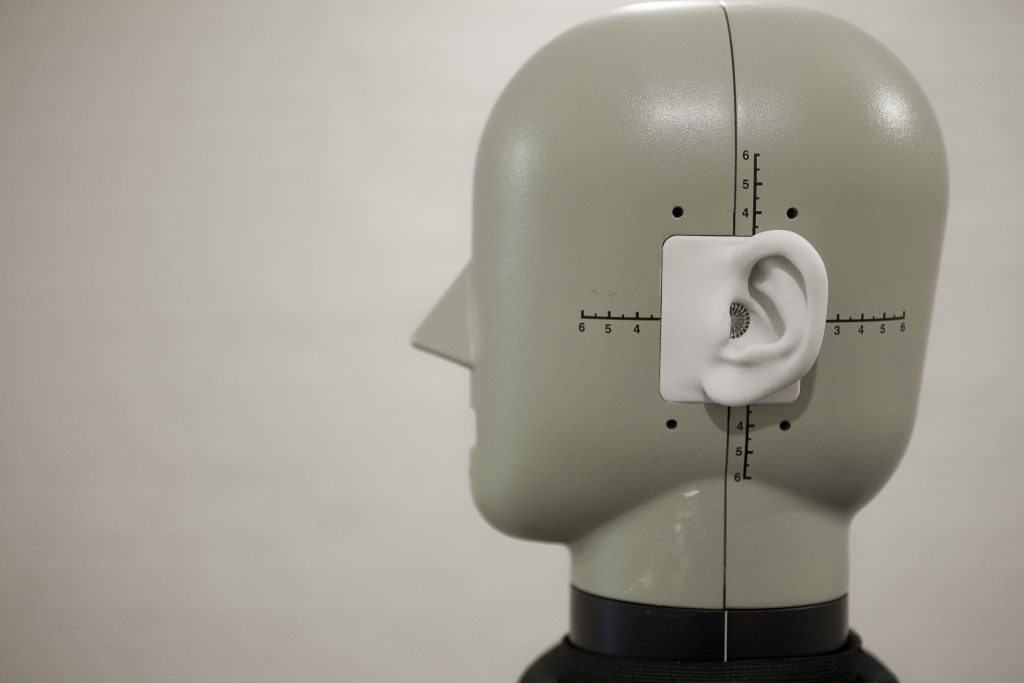Design and Application of Room Acoustic Diffusers

The research into acoustic diffusers at the University of Salford has been extensively summarised in a text book co-authored by Professor Trevor Cox: Acoustic Absorbers and Diffusers
Diffusers are used in spaces where acoustics is a critical requirement. They can be used to improve speech intelligibility in railway stations, theatres and teleconferencing rooms and are used in auditoria and studios where quality of music is important.
Prof Cox et al identified flaws in existing methods of characterising diffusion and proposed a new approach based on spatial auto-correlation functions, subsequently adopted as an international measurement standard (ISO 17497-2) and a method of optimising a diffuser shape which has facilitated new designs of diffusers used in rooms around the world. Prof Angus proposed binary reflection amplitude grating which provides diffusion about an octave above the frequency whose wavelength is twice the size of the binary element.
Top developments of note at Salford
- Verification and development of prediction methods for diffusers, especially application of time and frequency domain boundary element methods (BEMs).
- Developing optimisation methods to enable visual and acoustic requirements to be simultaneously considered that has been used to design diffusers for rooms worldwide.
- Development of measurement methods and diffusion coefficients to evaluate diffuse scattering.
- Development of binary amplitude diffusers to allow diffusion and absorption in one device.
- First research text devoted to diffusers.

This cinerama ceiling was designed using optimisation methods developed at Salford University.
